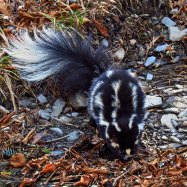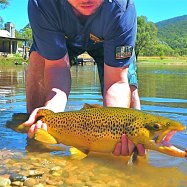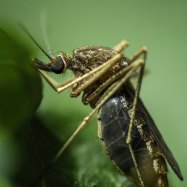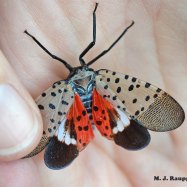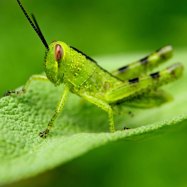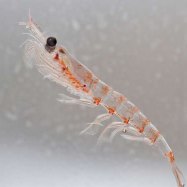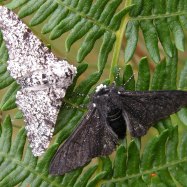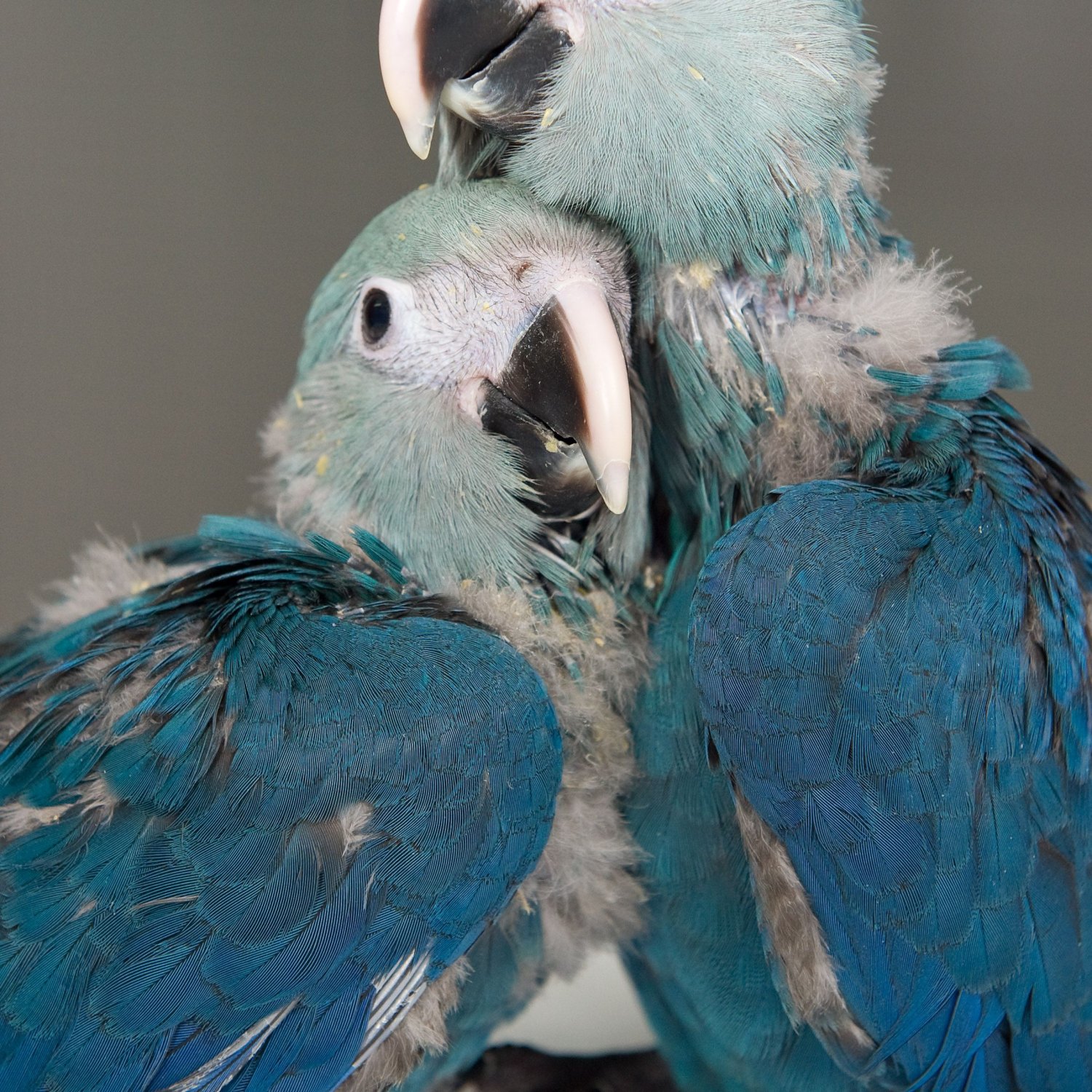
Spixs Macaw
about 56 cm (22 inches)
The Spix's Macaw is a majestic bird found in the Caatinga and Curaçá River region in Brazil. This medium-sized parrot has a sleek body and a long, narrow tail, and can grow up to 56 cm in length. Sadly, it is critically endangered due to habitat loss and illegal wildlife trade. Let's raise awareness and protect these beautiful creatures! #SaveTheSpixsMacaw #WildlifeConservation #BrazilianAnimals
Animal Details Summary:
Common Name: Spix's Macaw
Kingdom: Animalia
Habitat: Semi-arid Caatinga and riparian forests
The Fascinating World of the Spix's Macaw: Brazil's Iconic Bird
Brazil is well-known for its tropical rainforests and diverse wildlife, but there is one iconic bird that stands out from the rest – the Spix's Macaw. This magnificent bird, also known as Cyanopsitta spixii, has become a symbol of conservation and hope for the future of our planet. In this article, we will take a closer look at the Spix's Macaw, its unique features, and why it is considered one of the world's most endangered birds.A Rare and Endangered Species
The Spix's Macaw is a striking bird with its vibrant blue and yellow feathers and a long, narrow tail Spixs Macaw. It is a medium-sized parrot, measuring about 56cm (22 inches) in length, and is native to the semi-arid Caatinga and riparian forests of northeastern Brazil. The bird was first discovered in 1819 by a German naturalist, Johann Baptist von Spix, who named it after himself and his fellow biologist, Johann von Martius.For centuries, the Spix's Macaw thrived in the Caatinga and Curaçá River region, where it bred and foraged for food. However, due to rapid deforestation, poaching, and capture for the illegal pet trade, the population of this bird began to decline rapidly. In the 1980s, it was estimated that there were only a few dozen birds left in the wild, and by 2000, the species was declared extinct in its native habitat.
Fortunately, some birds were bred in captivity, and a reintroduction program was launched in the early 2000s to save this majestic creature from complete extinction. Today, the Spix's Macaw remains a critically endangered species, with only around 160 birds living in captivity and a handful of individuals in the wild.
A Symbol of Conservation
The Spix's Macaw's story is a testament to the power of conservation, highlighting the critical role we must play in preserving the planet's biodiversity. The bird's iconic status has made it a symbol of hope for conservation efforts and a reminder of the consequences of human actions on our environment Saber Toothed Tiger.One of the main reasons for the Spix's Macaw's decline is habitat destruction. The Caatinga, an area characterized by a semi-arid, thorny and scrubby vegetation, has been heavily affected by human activities such as agriculture, ranching, and logging. The Spix's Macaw relies on specific tree species, such as the licuri palm, for nesting and feeding, and their loss has had a devastating impact on the species.
In addition to habitat destruction, the illegal pet trade has also played a significant role in the Spix's Macaw's decline. This bird's rarity and striking appearance have made it a highly coveted pet, with some individuals being sold for tens of thousands of dollars. Unfortunately, the demand for this bird has led to an increase in poaching and trafficking, further threatening their already dwindling numbers.
A Unique and Diverse Species
Despite its rarity, the Spix's Macaw is a fascinating and diverse species, with many unique features that set it apart from other birds. Let's take a closer look at some of these features:- Appearance: The Spix's Macaw is mostly blue, with a gray head and chest, and a vibrant blue and yellow tail. Its feathers are glossy and have a metallic sheen, which adds to its striking appearance. Unlike other macaws, the Spix's Macaw has a white face, making it easily distinguishable from other birds in the same family.
- Behavior: The Spix's Macaw is a social bird and typically lives in small groups or pairs. These birds are also known for their intelligence and can mimic human speech and other sounds. They also use tools, such as sticks and twigs, to forage for food, making them one of the few non-human animals to exhibit this behavior.
- Habitat: The Spix's Macaw is primarily found in the Caatinga and Curaçá River region in northeastern Brazil. This area is characterized by a semi-arid, hot and dry climate, and the Spix's Macaw has adapted to survive in these harsh conditions. They also inhabit the riparian forests along rivers, where they can find their main food source – the fruits of the licuri palm.
- Nutrition: The Spix's Macaw is an omnivorous bird, meaning it eats both plants and animals. Their diet consists mainly of fruits, nuts, seeds, and insects. The licuri palm is a vital food source for this bird, and they have a specialized beak that can easily crack open its hard shell to access the soft pulp inside.
- Mating and Reproduction: Spix's Macaws reach sexual maturity at around three years of age, and their breeding season usually takes place between October and April. These birds are monogamous and form lifelong pair bonds. The female lays two to three eggs, and both parents take turns incubating them for about a month until they hatch.
- Conservation Efforts: The Spix's Macaw is currently listed as critically endangered on the International Union for Conservation of Nature (IUCN) Red List. Human activities, such as habitat destruction and the illegal pet trade, continue to threaten this species' survival. Several conservation initiatives are ongoing to protect the remaining birds, increase their population through captive breeding and reintroduction programs, and educate the public about the importance of this bird's conservation.
Conclusion
The Spix's Macaw is a unique and captivating bird that has captured the hearts of people all over the world. Its decline and near-extinction serve as a stark reminder of the urgent need for conservation efforts to protect our planet's rich biodiversity. While there is still much work to be done to save this magnificent bird, there is hope for its future. The Spix's Macaw's story is a testament to the power of conservation and serves as a constant reminder that we must do everything in our power to protect and preserve our natural world.

Spixs Macaw
Animal Details Spixs Macaw - Scientific Name: Cyanopsitta spixii
- Category: Animals S
- Scientific Name: Cyanopsitta spixii
- Common Name: Spix's Macaw
- Kingdom: Animalia
- Phylum: Chordata
- Class: Aves
- Order: Psittaciformes
- Family: Psittacidae
- Habitat: Semi-arid Caatinga and riparian forests
- Feeding Method: Omnivorous
- Geographical Distribution: Northeastern Brazil
- Country of Origin: Brazil
- Location: Caatinga and Curaçá River region in Brazil
- Animal Coloration: Mostly blue with a gray head and chest, and a vibrant blue and yellow tail
- Body Shape: Medium-sized parrot with a sleek body and a long, narrow tail
- Length: about 56 cm (22 inches)
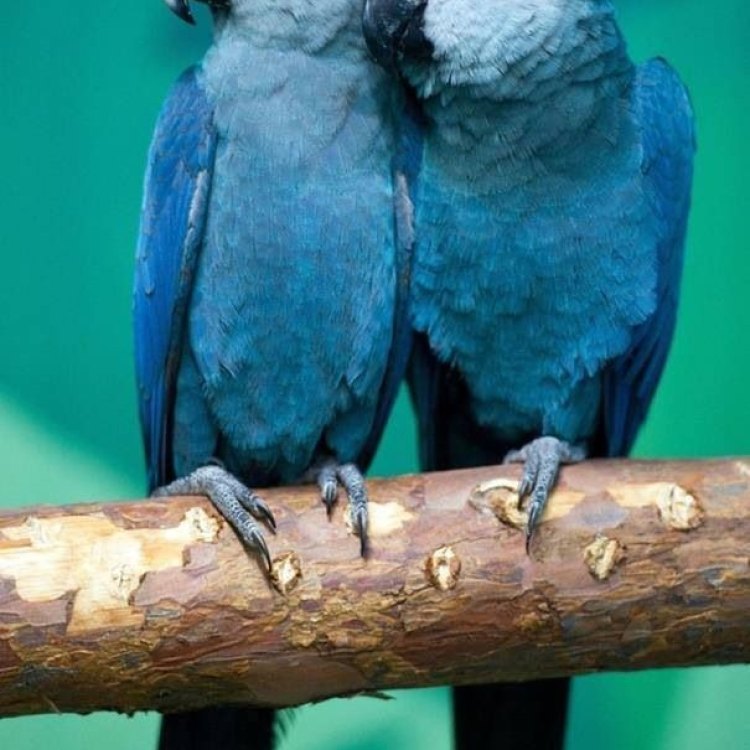
Spix's Macaw
- Adult Size: Medium
- Average Lifespan: 50-60 years
- Reproduction: Sexual
- Reproductive Behavior: Monogamous
- Sound or Call: Loud, high-pitched calls
- Migration Pattern: Non-migratory
- Social Groups: Highly social, usually found in small groups or pairs
- Behavior: Intelligent, curious, and playful
- Threats: Habitat loss, illegal trapping, and historical collection
- Conservation Status: Critically Endangered
- Impact on Ecosystem: Important for seed dispersal in their habitat
- Human Use: Previously captured for the pet trade
- Distinctive Features: Vibrant blue and yellow tail feathers
- Interesting Facts: Spix's Macaw is one of the rarest and most endangered bird species in the world. It inspired the animated film 'Rio'.
- Predator: Natural predators include large birds of prey and snakes
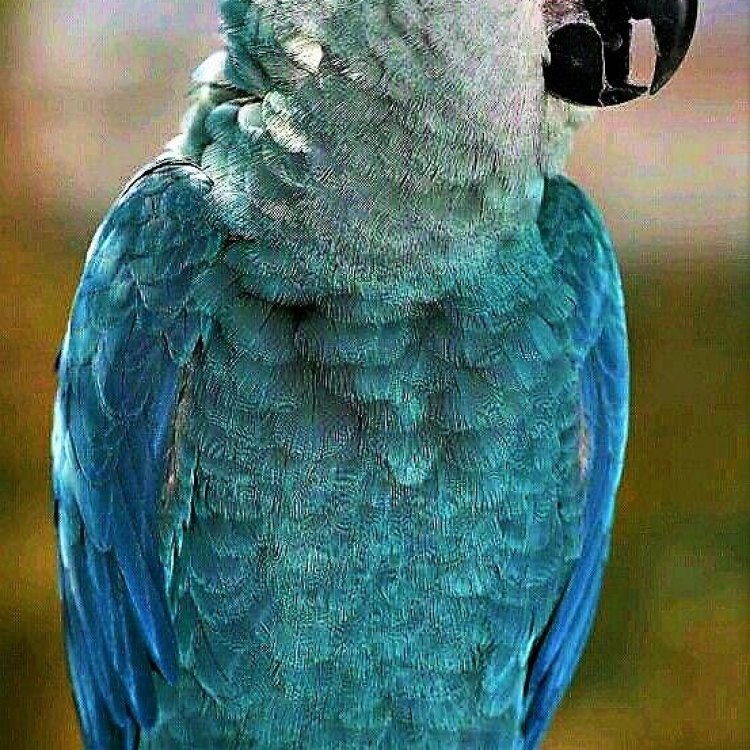
Cyanopsitta spixii
The Stunning Spix's Macaw: Endangered Beauty from the Brazilian Rainforest
In the lush and diverse Brazilian rainforest, there is a bird that stands out among the rest with its vibrant blue and yellow feathers. This bird is the Spix's Macaw, also known as the Little Blue Macaw, and it is truly a sight to behold. But sadly, this beautiful creature is facing numerous threats that have pushed it to the brink of extinction.Adult Size and Average Lifespan
The Spix's Macaw is a medium-sized bird, measuring around 55 cm (21 inches) in length and weighing about 300 grams (10 PeaceOfAnimals.Com.5 ounces). Despite its relatively small size, this bird has captured the hearts of many with its striking appearance and charming behavior.
But beyond its physical appearance, the Spix's Macaw is also known for its longevity. With an average lifespan of 50-60 years, this bird can be a lifelong companion for its mate and caretakers.
Reproduction and Reproductive Behavior
Like most birds, the Spix's Macaw reproduces sexually, and they have a monogamous breeding system. This means that they form a strong pair bond with their mate and remain faithful for life. Every year, during the breeding season, the pair will build a new nest together and raise their young.
Sound or Call and Migration Pattern
One of the distinct features of the Spix's Macaw is its loud, high-pitched calls. These calls are used for communication within the social group and can be heard from a considerable distance Siberian Ibex. However, despite their loud cries, these birds do not migrate and are considered non-migratory.
Social Groups and Behavior
The Spix's Macaw is a highly social bird and is usually found in small groups or pairs. They are very intelligent, curious, and playful, making them a delight to observe. These birds are also known for their ability to problem-solve, which helps them survive in their natural habitat.
Threats and Conservation Status
Unfortunately, the future of the Spix's Macaw is at great risk due to various threats. Habitat loss, primarily due to deforestation, is one of the leading causes of their decline. The illegal trapping of these birds for the pet trade has also taken a toll on their population. It is estimated that only around 100 individuals remain in the wild, making them critically endangered.
The Spix's Macaw has also faced historical collection, where people would hunt and capture them for collections in museums and private collections. This practice, although now illegal, has greatly affected their numbers in the wild.
Impact on Ecosystem and Human Use
Despite the small number of Spix's Macaws left in the wild, they play a vital role in their ecosystem. These birds are important for seed dispersal in their habitat, helping to maintain a healthy balance in the rainforest. Without them, there could be a domino effect on the entire ecosystem.
In the past, Spix's Macaws were captured for the pet trade due to their stunning appearance and intelligence. However, since they have been listed as critically endangered, these birds are now protected, and it is illegal to own them as pets.
Distinctive Features and Interesting Facts
The most striking feature of the Spix's Macaw is their vibrant blue and yellow tail feathers, which make them stand out in the forest. These feathers are also the reason behind their nickname, the Little Blue Macaw. But beyond their striking appearance, these birds have captured the attention of the world for other reasons.
One of the most interesting facts about the Spix's Macaw is that it is one of the rarest and most endangered bird species in the world. In fact, it became the focus of the popular animated film 'Rio' and inspired the character of Blu, a Spix's Macaw who embarks on a journey to find his species' last remaining female.
Predator
Natural predators of the Spix's Macaw include large birds of prey, such as hawks and eagles, and snakes. However, due to their declining population, human activities have become their biggest threat.
The Race Against Time to Save the Spix's Macaw
The story of the Spix's Macaw highlights the devastating impact of human activities on the world's wildlife. It serves as a reminder of the urgent need for conservation efforts to protect endangered species.
Currently, there are conservation programs in place to help save the Spix's Macaw, such as breeding and reintroduction programs, habitat protection, and efforts to reduce the illegal pet trade. These efforts have shown some success, with a few birds being successfully reintroduced into the wild. However, there is still a long way to go before this species can be considered out of danger.
In the end, the fate of the Spix's Macaw lies in the hands of humans. It is up to us to take action to protect and preserve this magnificent bird before it is too late. The Spix's Macaw is a symbol of the fragility of our planet's biodiversity and a reminder that we must do our part to ensure a future for all species on Earth.

The Fascinating World of the Spix's Macaw: Brazil's Iconic Bird
Disclaimer: The content provided is for informational purposes only. We cannot guarantee the accuracy of the information on this page 100%. All information provided here may change without prior notice.

